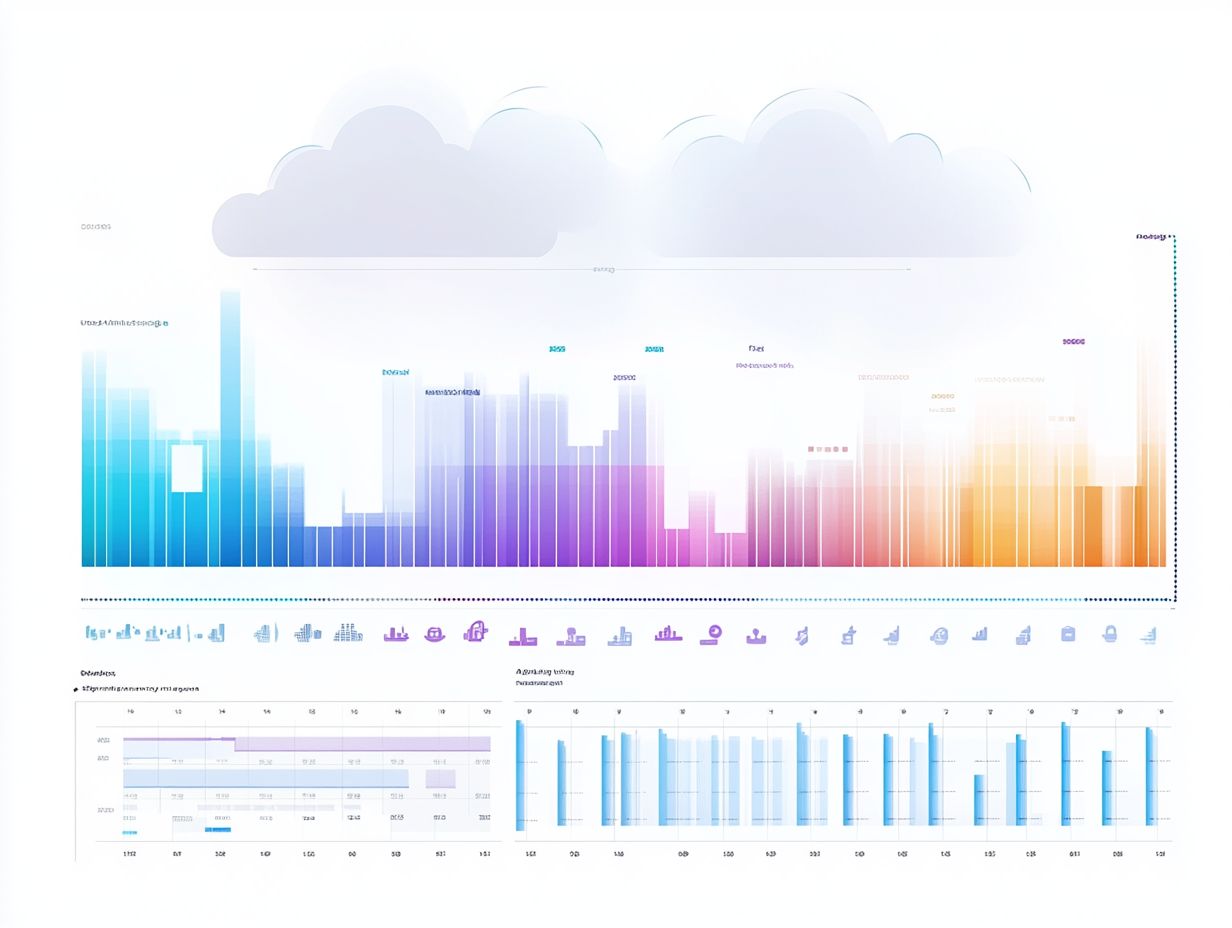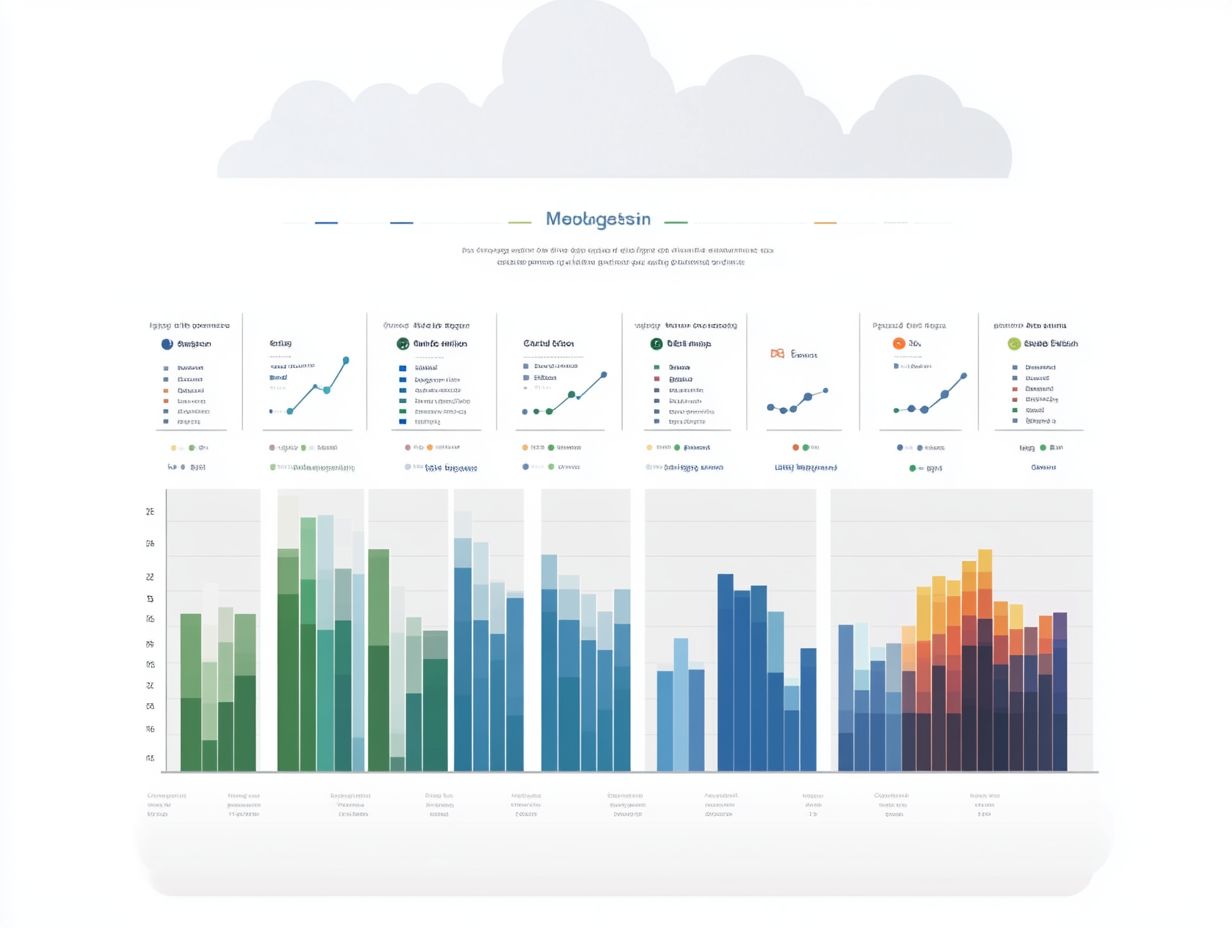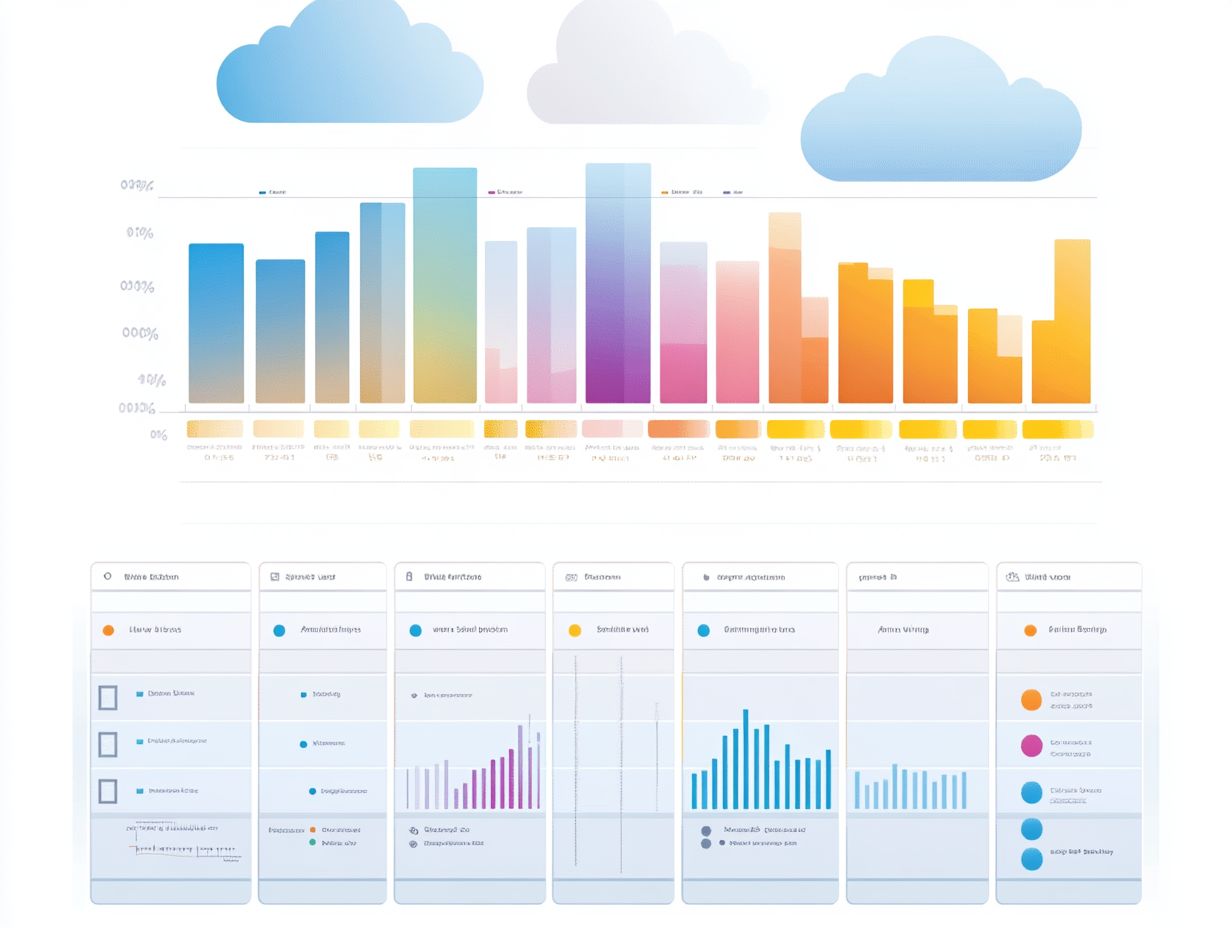How to Compare Cloud Service Provider Uptime
In today s digital landscape, the reliability of your cloud service provider can truly make or break your business.
Uptime the metric that measures how long a service remains operational is pivotal for maintaining seamless operations. Grasping the concept of uptime, recognizing its importance, and learning how to compare it across different providers is essential for making informed choices.
From scrutinizing Service Level Agreements (SLAs) to taking advantage of monitoring tools, this guide reveals key factors that impact uptime. It also explains how to interpret uptime data and consider other key elements when selecting a cloud provider.
Continue reading to ensure your cloud services deliver the reliability you need today!
Contents
- Key Takeaways:
- Understanding Cloud Service Provider Uptime
- Factors to Consider when Comparing Uptime
- Tools for Measuring Uptime
- Interpreting Uptime Data
- Other Considerations When Choosing a Cloud Service Provider
- Frequently Asked Questions
- What is cloud service provider uptime?
- Why is it important to compare cloud service provider uptime?
- What is considered a good uptime percentage for a cloud service provider?
- How can I compare cloud service provider uptime?
- What factors can affect cloud service provider uptime?
- Are there any tools or resources available to help compare cloud service provider uptime?
Key Takeaways:

Ensure a high level of uptime by considering service level agreements and redundancy measures when comparing cloud service providers.
Utilize uptime monitoring services or internal tools to accurately measure and analyze uptime data.
Also consider cost, customer support, and reputation when selecting a cloud service provider.
Understanding Cloud Service Provider Uptime
Understanding the uptime of cloud service providers is essential for your organization, especially as you increasingly depend on online services like Google, AWS, and Azure to deliver reliable performance and ensure customer satisfaction.
Uptime, which refers to the percentage of time a service is operational and accessible, directly affects the availability of your critical IT infrastructure and shapes the customer experience.
In today s digital landscape, where remote work is becoming the standard, maintaining high levels of uptime is crucial for preventing disruptions and supporting business continuity.
What is Uptime and Why is it Important?
Uptime is the measure of how long a service or system remains functional and accessible, and it s a vital metric for assessing the reliability of IT infrastructures.
Your organization s uptime can greatly influence its reputation and operational efficiency. Long downtimes can upset customers and disrupt essential business processes.
Key performance metrics, such as Availability Percentage and Mean Time Between Failures (which measures how long a system runs before failing), are crucial indicators for your IT team to evaluate system reliability and performance. As an IT professional, you play a pivotal role in monitoring these metrics, using tools and strategies to ensure that systems stay operational.
High uptime directly correlates with customer satisfaction users are far more likely to trust and consistently engage with services that are reliably available, ultimately enhancing business continuity and driving profitability.
Factors to Consider when Comparing Uptime
When you compare uptime across cloud service providers, it’s essential to take into account a variety of factors that can significantly impact performance and reliability.
This includes examining service level agreements (SLAs), understanding redundancy protocols (measures in place to ensure services remain available even if one part fails), and evaluating failover measures.
Each of these elements plays a crucial role in determining the robustness of the service you choose.
Service Level Agreements (SLAs)
Service level agreements (SLAs) are formal contracts between you and your cloud service providers, laying out the uptime percentages, performance metrics, and potential service credits you can expect in the event of outages.
These agreements create a vital framework that defines what you can count on from your cloud service providers, including details on response times and issue resolution processes.
By setting clear parameters for uptime guarantees typically ranging from 99% to 99.99% SLAs significantly enhance your customer experience.
When service interruptions happen and SLAs aren t met, you may be entitled to service credits, allowing you to offset costs while encouraging providers to meet their commitments.
Understanding these agreements gives you the power to manage risk effectively, ensuring you can maintain operational continuity even when navigating challenges.
Redundancy and Failover Measures

Redundancy and failover measures are essential elements of your IT infrastructure, carefully designed to enhance uptime by ensuring that services remain available even when outages or disruptions occur.
These strategies are crucial in cloud environments, where the expectation for reliable service is non-negotiable. By incorporating multiple servers, data pathways, and geographical locations, cloud providers minimize risks tied to server failures or natural disasters.
Take note of how major players like AWS and Google Cloud utilize two ways to switch from a main system to a backup when needed. This not only elevates reliability but also optimizes performance during peak demand and unanticipated downtimes.
Organizations that embrace these redundancy techniques often face fewer interruptions, ultimately preserving customer trust and satisfaction.
Tools for Measuring Uptime
Measuring uptime is essential for IT professionals.
With an array of tools at your disposal, you can effectively track performance indicators and ensure service reliability within your organization.
Uptime Monitoring Services
Uptime monitoring services are essential tools designed to track and report the availability and performance of cloud providers, giving you critical insights into service levels.
These services continuously assess a provider’s operational status, allowing you to identify issues before they escalate and impact customer satisfaction. By integrating seamlessly with various cloud platforms, they offer real-time alerts and comprehensive reports.
With LogicMonitor, you can stay ahead of issues and ensure your services are always reliable! It exemplifies the reliability and advanced features available in this domain, specifically catering to the needs of today s tech-driven enterprises.
With a range of customization options and detailed analytics at your fingertips, you can fine-tune monitoring processes to keep your services robust and responsive to user demands, ultimately elevating the overall customer experience.
Internal Monitoring Tools
Internal monitoring tools are essential for IT professionals, giving you the power to actively track the performance and uptime of your organization s infrastructure without relying completely on third-party services.
These tools come in various forms, including application performance monitoring (APM) solutions, network monitoring software, and systems management platforms.
Using these tools, you can effortlessly gather critical data on system resource utilization, response times, and potential bottlenecks that could lead to outages.
This real-time assessment helps identify issues before they escalate and plays a crucial role in effective capacity planning, ensuring your infrastructure is well-equipped to handle future demands.
The insights derived from these tools are invaluable for crafting robust data recovery strategies, enabling you to protect critical assets and maintain business continuity with confidence.
Interpreting Uptime Data
Interpreting uptime data is crucial for analyzing performance indicators, spotting trends in downtime, and implementing effective strategies for recovery and improvement.
Understanding this data gives you the power to make informed decisions that enhance operational efficiency and resilience.
How to Analyze Uptime Reports

Analyzing uptime reports means looking at performance metrics. These metrics show trends like how often and how long services are down.
By evaluating these metrics, you can understand your infrastructure’s reliability. You can also spot underlying issues that cause service disruptions.
Focus on key metrics like the average time to fix issues. This will give you insights into how efficiently your operations run.
Using techniques like root cause analysis helps identify patterns. This knowledge supports better decision-making for your systems.
Ultimately, this analysis boosts system reliability and shapes your operational strategies.
This ensures resources are used wisely and enhances the service quality for users, leading to a smoother experience.
Other Considerations When Choosing a Cloud Service Provider
When selecting a cloud service provider, uptime is just one factor. You should also look at cost, customer support, and the provider’s reputation.
These elements are vital for making an informed choice that aligns with your goals.
Cost, Customer Support, and Reputation
Evaluate cost, customer support, and reputation when choosing a cloud service provider. These factors are essential for getting value and reliability.
Understand how costs can influence your decision. Look at both initial costs and potential hidden expenses over time.
Good customer support is crucial for resolving issues quickly. Providers like Amazon Web Services and Microsoft Azure excel in this area, offering 24/7 support.
A provider’s reputation builds trust. Positive reviews from other users can help you gauge their reliability and service quality.
Frequently Asked Questions
What is cloud service provider uptime?
Uptime is how long a cloud service is available for users. It’s measured in percentages and shows how reliable a cloud service provider is.
Why is it important to compare cloud service provider uptime?

Comparing uptime helps you see how reliable a provider’s services are. A higher uptime percentage usually means better service availability, which is crucial for businesses.
What is considered a good uptime percentage for a cloud service provider?
A good uptime percentage is generally 99.9% or higher. This means the provider’s services are mostly available, with minimal downtime.
How can I compare cloud service provider uptime?
To compare uptime, check public uptime reports or third-party websites that track this information. You can also ask providers about their uptime stats or read customer reviews.
What factors can affect cloud service provider uptime?
Several factors can impact uptime, like hardware failures, power outages, software issues, and human error. Choose a provider with measures to mitigate these risks and maintain high uptime.
Are there any tools or resources available to help compare cloud service provider uptime?
Yes, you can find several tools and resources to compare cloud service provider uptime. Websites like CloudHarmony and CloudSpectator provide detailed uptime reports and comparisons for various providers.
You can also track the uptime of specific providers in real-time using monitoring tools such as Pingdom or UptimeRobot. These tools are essential for ensuring you choose a reliable cloud service!





